With its 28mm lens, the Leica Q camera has a wide ranging field of view, packing a fair bit
of scenery into the one image. For this reason, everyone knows that this camera is perfect
for street photography, architecture, and landscapes, but did you know it can also be
used effectively for portraits?
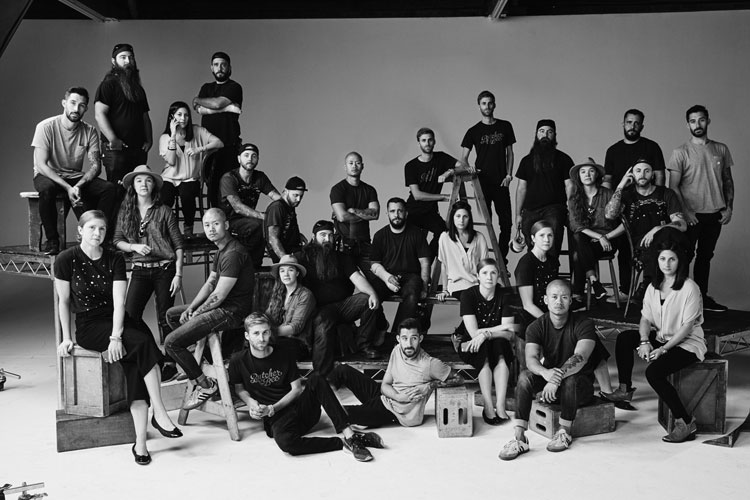
Although most photographers would hesitate to shoot portraits with anything other than an 85mm or 100mm focal length lens, the wider field of view that you see through a 28mm lens is actually very handy for portraits. One of the main advantages of using this lens is when you are doing group portraits. Because the Leica Q’s 28mm lens has such an expansive view, you can fit lots of people into the one shot. It’s great for shooting the lineup of groomsmen and bridesmaids at weddings. At a wedding or gathering of any sort, with this camera you can probably get all of the guests in one photo if you have a good enough vantage point. And it’s ideal for capturing shots of a group of friends having fun — you can get right amongst the action as they celebrate. Anywhere space is limited, put this camera to use and capture portraits that you wouldn’t normally be able to squeeze into the frame.
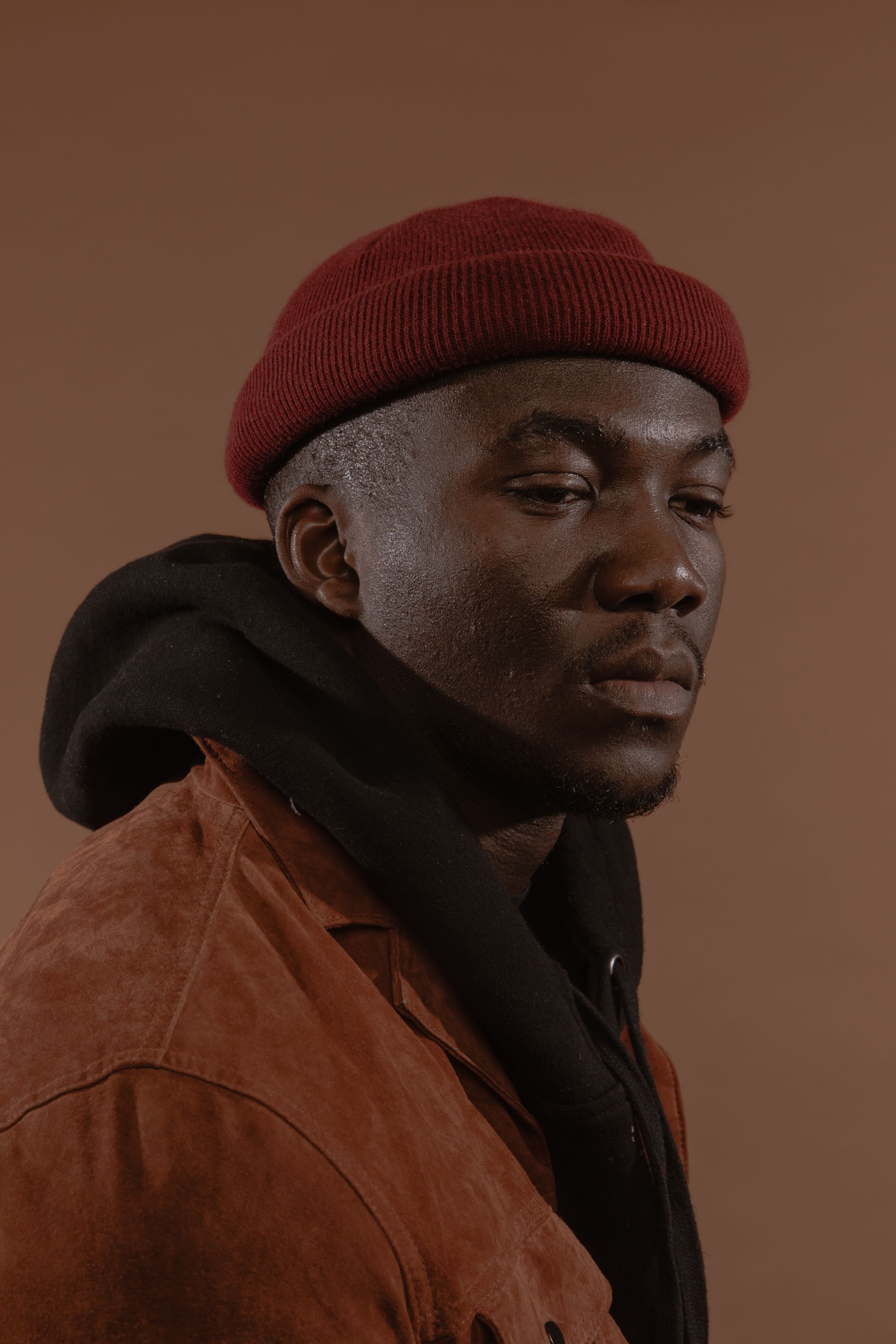
You are probably thinking that the Leica Q’s wide-angle lens would cause distortion in facial features if you used it for portraits. That’s true if you are not careful. If you are too close to a person’s face with a 28mm lens, their features will be out of proportion when stretched across the frame, but if you step back a little, you gain normal perspective again. Unflattering wide-angle distortion can also happen when your subject’s face is near the corners of the frame, so keep the person closer to the middle of the image and you can avoid this problem.
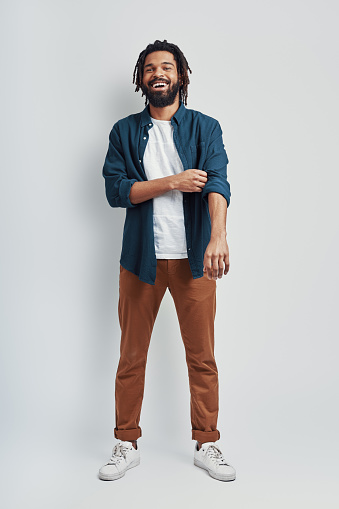
With a Leica Q camera, you don’t need to get too close to your subject, even when taking a head and shoulders portrait. With its 24 megapixels you can afford to take a more distant image, and then safely crop closer in post production without compromising the integrity of the image. However, the type of portraits that this camera is best suited for is half body shots and full body portraits. Place your subject near a window and your camera’s ability to handle highlights and shadows will end up creating a beautifully toned image of the upper half of their body. For a full body shot, go outside and make a candid portrait of your subject as they are walking away (or towards) you. The ability to shoot at f/1.7 aperture means the person you are photographing will have delicious blur in the foreground and background, isolating them in portraiture perfection. And if you have limited space in a studio, getting upper body and full body shots is much easier with a compact 28mm lens than a traditional portrait lens.
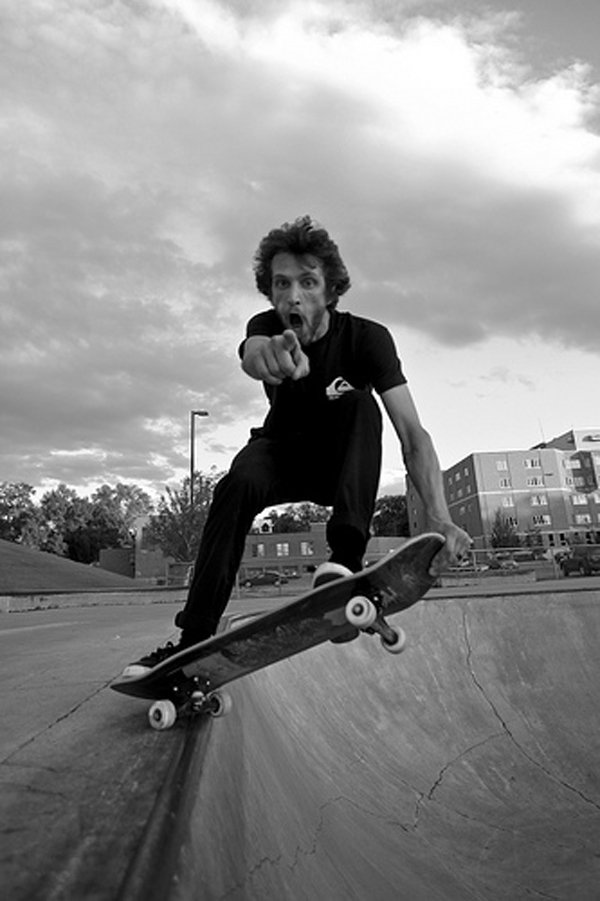
My top reason for using the Leica Q camera for portrait photography is when you are taking photos of your subject while they are involved in activities. Regardless of whether the person is cooking in the kitchen or working with an angle grinder, you can include so much of the tools and environment to provide a creative perspective of that person’s life.
Imagine photographing a person actively involved in a hobby such as skateboarding: get low enough to have the skateboard and the person in the same frame and you can make an exhilarating shot as they crest the top of the ramp! It becomes a combination of a
portrait, a lifestyle image, and an action shot all in one. You could also intentionally use the distortion of this wide-angle lens to your creative advantage...for example, you could
photograph a woman from a low point of view to gain an exaggerated perspective of her long legs.
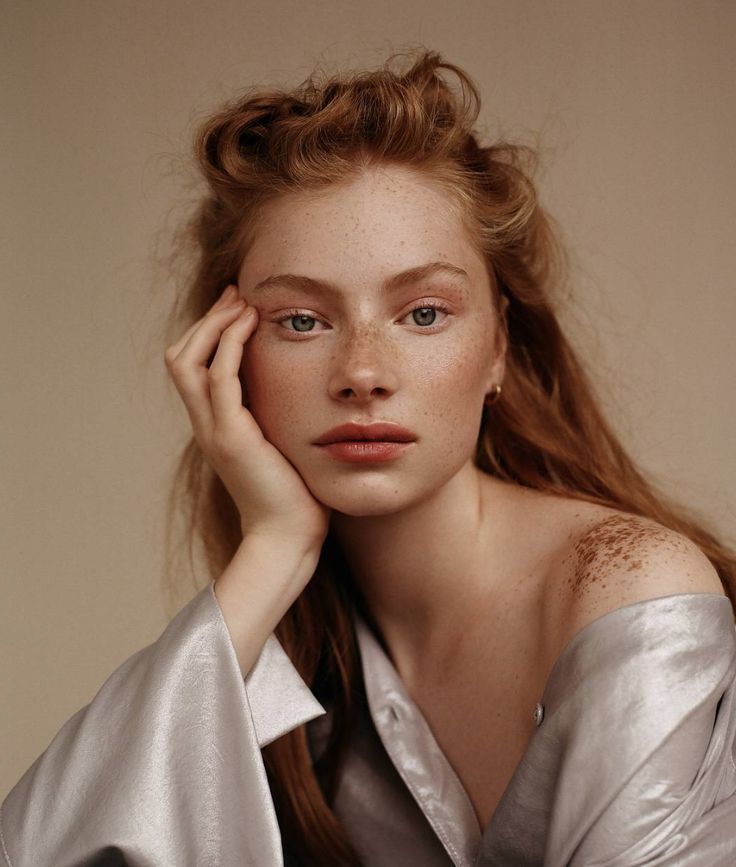
If you are still unsettled by the risk of barrel distortion, there are two things to keep in
mind. The first is that on the Leica Q you can switch from the 28mm setting to a 35mm, or even 50mm field of view. Simply use ‘crop mode’ and you’re able to toggle between those frames in the viewfinder. The original 28mm file is still kept as well, so you can go back to it if you feel you have overdone the cropping. As with any form of cropping you will have a loss of resolution, but the superb quality from the Summilux stabilized lens means there is no discernible lack of definition. The second point is that this amazing camera comes with a Maestro II series processor that corrects for image distortion in-camera.
The Leica Q was my camera of choice when wandering around the city, or going to
parties. Now I use it for serious portraits too. The f/1.7 lens and its ability to drop off into sweet, circular bokeh behind the subject makes it perfect for dreamy shots of individuals, and the 28mm range makes it indispensable for group shots. I’ve also found the swiftness of the autofocus, combined with its face detection software, makes it ultra-easy to capture spontaneous moments within a portrait photography session. Using a 28mm lens for portraits used to be considered a terrible idea, but the Leica Q has changed the rules of the game and I say you’d be crazy not to try it for yourself!


